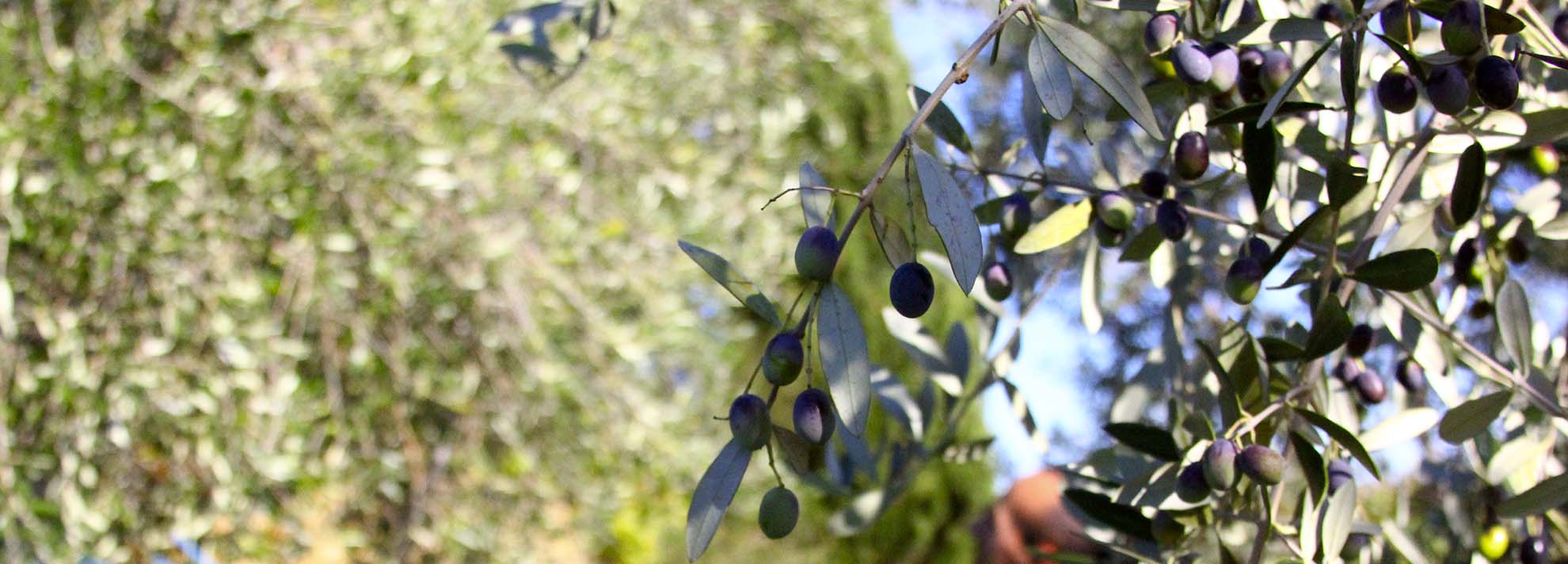Stones, gold and Caravaggio: hunting for oil mills in the Imperia town area

Crossing the hinterland of Imperia town, and more precisely the Prino Valley, you would think that only the stubbornness of the Liguria people could take back what nature has always granted sparingly: land.
You may wonder who are the heroes who, day after day, with great patience, took a pile of (useless) stones and used them to create … a dry stone wall! Only patient hands could choose, carefully arrange each stone and turn every obstacle and lack of space into an ally. It is precisely from these terraces, known as “fasce”, that the olive trees that for centuries have made the Imperia town area the oil capital of the Mediterranean were born.
In these valleys, you can experience the magic that takes place every autumn. The fruits of the small Taggiasca olive trees will first be green and then slowly turn purple, finally falling into the spider’s web. The sun and the wind play an important role in this downward fall, but it will also be the men, who, with their long, electric arms, will convince even the most reluctant olives to allow themselves to be enveloped in this long embrace. After their fall, the process is only just beginning, because the real magic will appear before your eyes when, through the purification process, they turn into gold. Before this, the small olives, which here are granted the noble title of taggiasche, are put to rest. At the right moment, they will enter the mill to merge with each other and together give life to the yellow gold of these lands.
Going up the Prino Valley, you will find a small village characterised by silence, stones, cats, olive trees and beautiful views, which has developed around a watchtower. Its name is Praelo and it is a small gem that now has 10 inhabitants and in the summer reaches a maximum of 30. Countess Gandolfi, a very kind hostess related to the tsars, accompanied us on this trip to the hinterland of Imperia town. Thanks to word of mouth from millers in the valley, news came to me that among the houses in the village is a 15th-century “blood” mill, i.e., operated by animals. You are here also to discover another quality reality that bears the Raineri name. The family, originally from Alba, came to Liguria out of love for this land and its olive groves, making the Taggiasca olive the undisputed queen. Pierluigi Rinaldi movedly remembered his friend, Count of Pietralata, who died 14 years earlier and explained how, in order to continue the tradition, he decided to rent the Gandolfi farm and its olive trees.
Tiptoeing in the shadows of the mill you will be immediately greeted by a mantle of ancient dust, soot on the walls and heavy wheels topped with wooden gears, in perfect condition. At that moment, try to imagine them powered by the sweat of oxen or mild donkeys. And then the double discs of fibre rope known as “fiscoli” in which the product of the first pressing was placed, pressed under the press moved by human hands. And the black cauldrons in which the water was separated from the oil, which rose to the surface and which expert hands collected by means of a saucer with a handle. At that moment try imagine the voices, the smells, and for the first time it felt like going back centuries.
As you go upstairs, discover the farmers’ room in the former watchtower, with an unexpected well for water supply. Yes, everything was on the first floor, together with a stone wash-house with a decoration on the edge. Everything will seem so narrow and essential if we look at it through our modern eyes, but that is how it was.
Look at everything with the curiosity of a child, a thousand questions coming to mind, but the visit finally comes to an end and it is already time to leave this magical, timeless place. When you go down to the ground floor, turn around one last time to make sure you don’t forget anything about this wonderful experience. You will see a light filtering through a window that has something mystical about it, reminding of Caravaggio’s paintings. And it pierces your soul.



